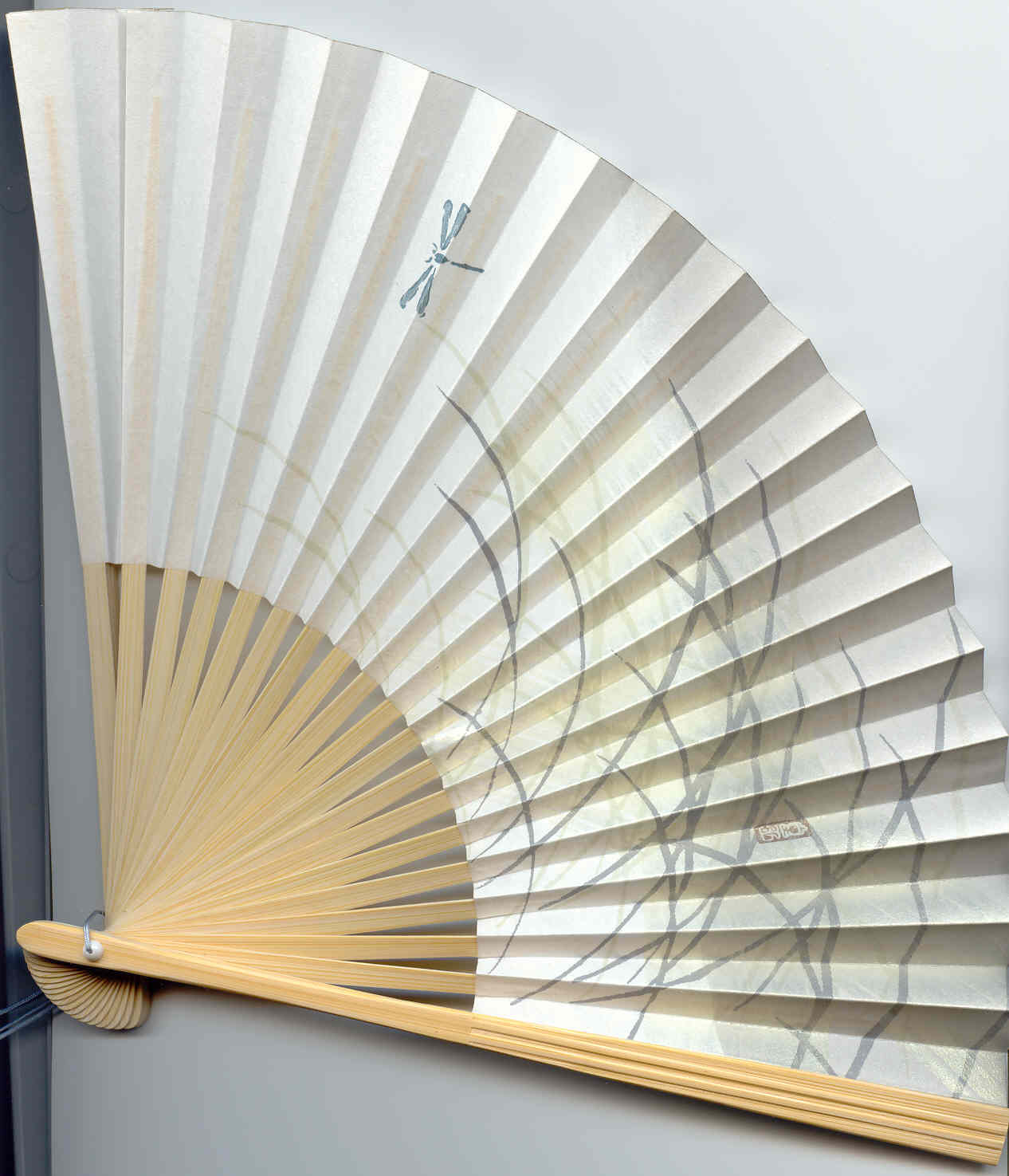Takeshi Asai's Japanese Newsletter - New Yearfs Traditions
 Shogatsu (January 1~3) is perhaps the most important holiday in Japan. It is a religious (Shinto) holiday, a tranquil time for every family and the best loved of Japanese holidays. All businesses and shops are closed for the entire three-day period called sanganichi.
Shogatsu (January 1~3) is perhaps the most important holiday in Japan. It is a religious (Shinto) holiday, a tranquil time for every family and the best loved of Japanese holidays. All businesses and shops are closed for the entire three-day period called sanganichi.
Tradition has it that all people must cleanse themselves of the old year before entering the new one. This makes December--called Shiwasu (literally grunning priestsh)--a hectic month. First, people must forget their bad memories at Bonenkai (parties to forget the year) with a little help from sake. Then, they must finish all on-going projects by Shigoto osame (the final day at the office, usually December 29). In addition, houses must be thoroughly cleaned on Omisoka (New Yearfs Eve day). Finally, all debts must be paid. Following the purification of onefs memory, office, home, and finances, all Shogatsu decorations--Kadomatsu (bamboo decorations hung at entrances) and Shimenawa (a spray of pine and other traditional items)--must be displayed, and all special Shogatsu dishes called Osechi Ryori must be completely prepared. But thatfs not all. One more thing requires purification: our sins. Around midnight of Omisoka, Buddhist priests ring temple bells 108 times, one each for the exact number of bad desires in Buddhism. This is the most religious, most spiritual moment of the year.
Once clocks strike midnight, people greet each other saying akemashite omedetou gozaimasu. They go to Shinto (the indigenous Japanese religion) shrines for the first time in the year. This custom is called Hatsu-moude. Each shrine has its own religious rite. Itsukushima Jinja in Hiroshima, for instance, has a special dance ceremony dedicated to the gods. Other shrines build huge sacred fires for burning old good-luck charms before obtaining new ones. Without exception, the first breakfast of the New Year consists of Zoni or O-zoni (see the recipe below), a soup with mochi (rice cake) in it. Each family has its own traditional recipe, usually passed from one generation to the next. Special Shogatsu sake called toso is served, too. It is also customary to send New Yearfs postcards called nengajo. The post office holds them until January 1, when many cards are delivered at once. People visit families and relatives, usually wearing kimono. Children receive otoshidama, money in a small, specially decorated paper envelope. Shinnenkai, New Yearfs parties, go on during the entire sanganichi to celebrate the happiest time of the year.
published as Japanese Monthly, January 1999 issue
edited by Marcia Allen
Back to Japanese Newsletters Home Page
Back to Top Page of Takeshi Asai's Website
 Shogatsu (January 1~3) is perhaps the most important holiday in Japan. It is a religious (Shinto) holiday, a tranquil time for every family and the best loved of Japanese holidays. All businesses and shops are closed for the entire three-day period called sanganichi.
Shogatsu (January 1~3) is perhaps the most important holiday in Japan. It is a religious (Shinto) holiday, a tranquil time for every family and the best loved of Japanese holidays. All businesses and shops are closed for the entire three-day period called sanganichi.